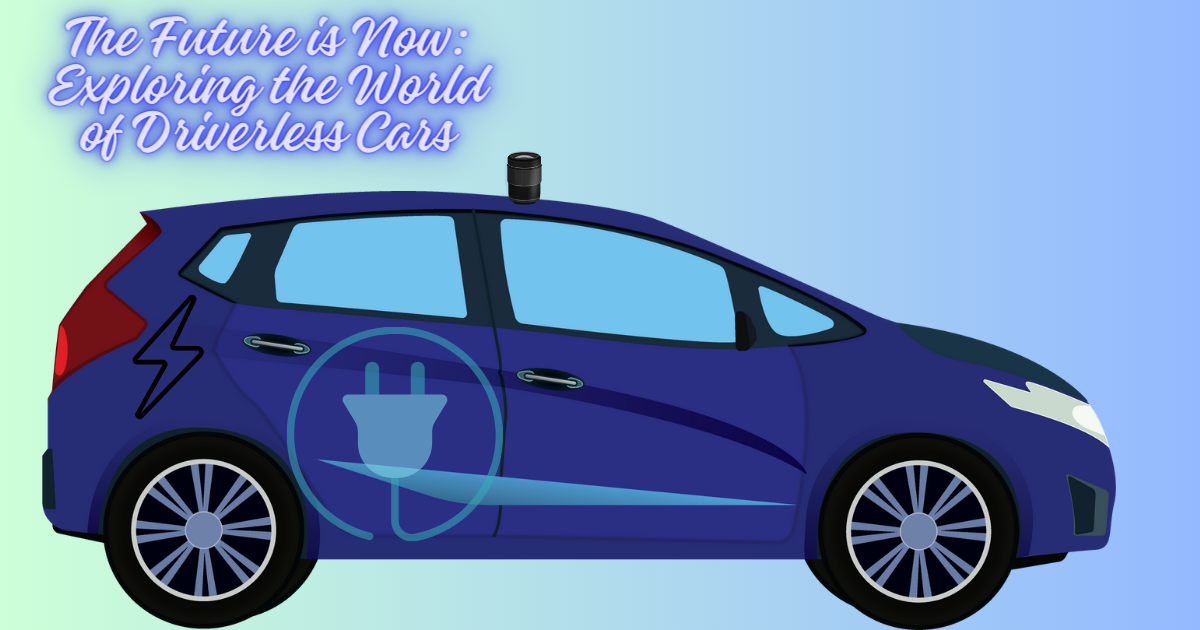In the not-so-distant past, the idea of cars driving themselves seemed like something straight out of a science fiction movie. Fast forward to today, and we find ourselves at the cusp of a transportation revolution: the era of driverless cars. In this blog, we’ll take a simple and exciting journey into the world of autonomous vehicles, exploring what they are, how they work, and what the future holds.
What are Driverless Cars?
Driverless cars, also known as autonomous vehicles or self-driving cars, are automobiles that can navigate and operate without human input. Imagine sitting in a car and letting it take you to your destination while you relax, read a book, or even catch up on some sleep. That’s the promise of driverless technology!
How Do They Work?
At the heart of a driverless car is a sophisticated computer system that processes information from various sensors and cameras. These sensors act as the car’s eyes and ears, constantly scanning the surroundings to detect other vehicles, pedestrians, and obstacles. The car’s computer then uses this data to make real-time decisions on steering, acceleration, and braking.
Key technologies powering driverless cars include:
1. Sensors: Cameras, radar, and lidar (light detection and ranging) are used to gather information about the car’s environment.
2. Machine Learning: Advanced algorithms enable the car to learn from its experiences, making it better at recognizing and responding to different situations over time.
3. GPS and Mapping: Precise mapping and GPS technology help the car understand its location and plan the best route to the destination.
4. Connectivity: Driverless cars can communicate with each other and with traffic infrastructure, enhancing safety and efficiency.
Benefits of Driverless Cars
1. Safety: One of the primary goals of autonomous vehicles is to reduce accidents caused by human error. Computers don’t get tired, distracted, or make impulsive decisions, making them potentially safer drivers.
2. Efficiency: Driverless cars can optimize traffic flow, reduce congestion, and minimize fuel consumption by making more efficient driving decisions.
3. Accessibility: People who are unable to drive, such as the elderly or individuals with disabilities, can gain newfound independence through autonomous vehicles.
4. Time Savings: Imagine getting back the time you spend commuting. With driverless cars, you could use that time for work, relaxation, or simply enjoying the ride.
Challenges and Concerns
While the prospect of driverless cars is thrilling, there are challenges to overcome. Some concerns include:
1. Technical Challenges: Ensuring the reliability and safety of the technology is a significant hurdle.
2. Regulatory Issues: Creating a legal framework for autonomous vehicles and ensuring they meet safety standards is an ongoing process.
3. Ethical Dilemmas: Decisions made by autonomous vehicles, especially in emergency situations, raise ethical questions that society needs to address.
Looking Ahead
The journey towards fully autonomous transportation is ongoing, with major companies investing heavily in research and development. As technology continues to advance, we can expect to see more driverless cars on our roads, offering us a glimpse into a future where commuting is not just a necessity but an enjoyable and stress-free experience.
In conclusion, the age of driverless cars is upon us, and it brings with it exciting possibilities for safer, more efficient, and accessible transportation. While challenges remain, the progress made so far indicates that we are on the brink of a transportation revolution that will shape the way we move and live in the years to come. Buckle up for the ride— the future is now, and it’s autonomous!
for more blog checkout our website

